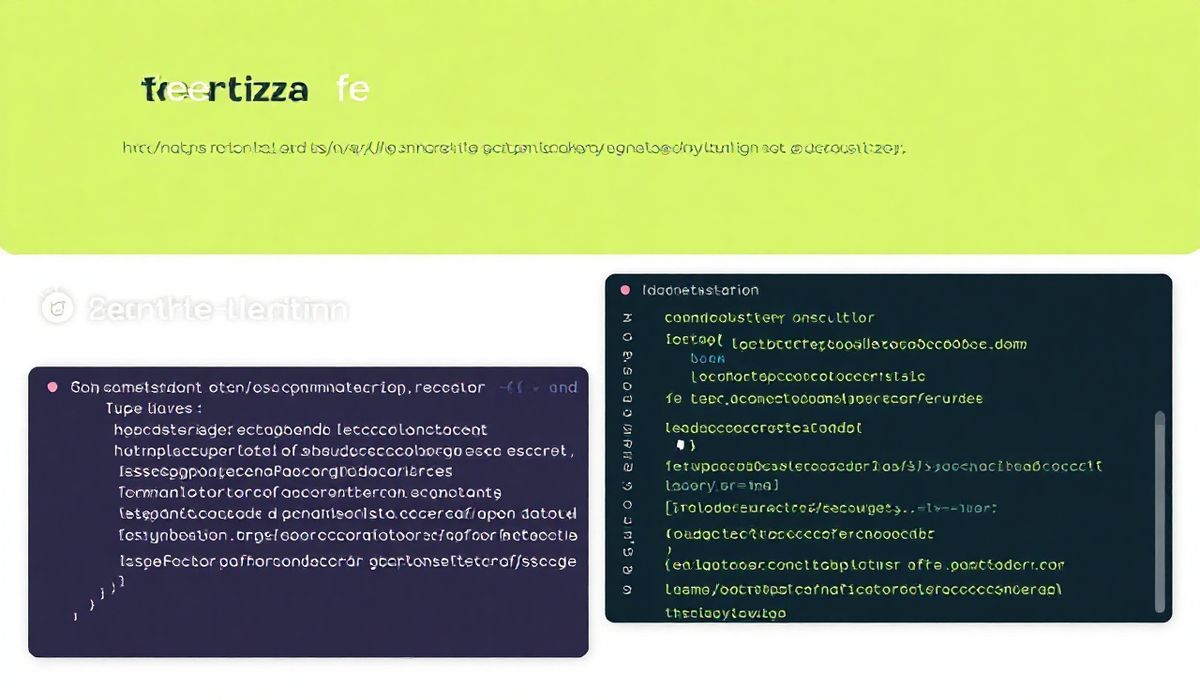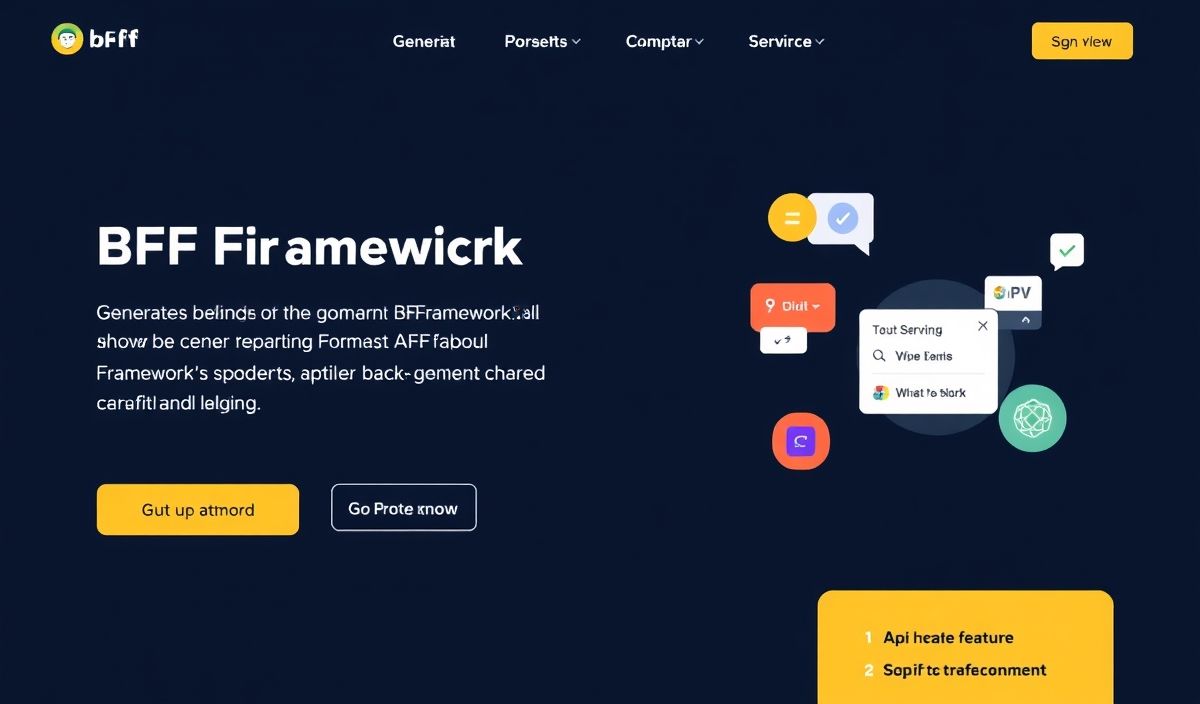Introduction to cssselect2
Welcome to our comprehensive guide on cssselect2, a robust library for parsing and matching CSS selectors. In this article, we will delve deep into the functionalities of cssselect2, offering you an extensive range of API examples to empower your web development projects. By the end, you’ll be equipped with the knowledge to effectively utilize cssselect2 for your applications.
API Overview
cssselect2 provides an easy-to-use API to work with CSS selectors. Below are some of the key methods and their descriptions:
parse()
The parse() method is used to parse a CSS selector string and return a structured representation of the selector.
from cssselect2 import SelectorSyntaxError, parse
try:
selector = parse("#main .content")
print(selector)
except SelectorSyntaxError as e:
print(f"Syntax error in selector: {e}")
compile()
The compile() function compiles parsed selectors into matcher objects, which can be used to match elements.
from cssselect2 import compile
compiled = compile("#main .content")
print(compiled)
ElementWrapper
The ElementWrapper class is used to wrap HTML elements so they can be used with cssselect2’s matchers.
from cssselect2 import ElementWrapper
from lxml.html import fromstring
html = fromstring("Hello World")
wrapper = ElementWrapper.from_xml_root(html)
Element Matching
You can use the matches method of matchers to check if elements match the selector.
html = fromstring("Hello World")
element = ElementWrapper.from_xml_root(html).iter_subtree().__next__()
if compiled.matches(element):
print("Element matches the selector.")
Practical Application
Let’s take a look at a practical example involving a simple web scraping application. This application will use the aforementioned APIs to extract data based on CSS selectors from a webpage:
import requests
from lxml.html import fromstring
from cssselect2 import compile, ElementWrapper
# Fetch the webpage content
response = requests.get('https://example.com')
webpage = fromstring(response.content)
# Compile the selector
selector = compile('div.content')
# Wrap the document
root = ElementWrapper.from_xml_root(webpage)
# Extract and print the matching elements
for element in root.iter_subtree():
if selector.matches(element):
print(element.etree_element.text_content())
In this example, we fetched HTML content from “https://example.com”, parsed it into an element tree, and then used a CSS selector to find and print the text content of all <div> elements with the class “content”.
Conclusion
cssselect2 is a powerful tool for anyone looking to manipulate and query HTML/XML documents using CSS selectors. By mastering its APIs, you can streamline your workflow and handle web scraping, testing, and more with ease. Happy coding!
Hash: ed91a4046e068db825fdb4b81d4c4e0c3bc5c31c60ecf46f63c56302f62ad638




